As we edge closer to its peak visibility in November 2025, fresh data from NASA’s SPHEREx observatory has only amplified the intrigue. Released just days ago on August 25, 2025, these findings reveal bizarre emissions, an oversized structure, and a gas cloud that shouldn’t exist under natural conditions.
Harvard’s Avi Loeb, a vocal proponent of extraterrestrial possibilities, is leading the charge in questioning whether this is nature’s quirk or a sign of intelligent life.
The Dawn of a Cosmic Mystery: Discovering 3I/ATLAS
Picture this: It’s early July 2025, and telescopes in Hawaii catch a faint glimmer streaking across the sky. What started as a routine scan by the Asteroid Terrestrial-impact Last Alert System (ATLAS) quickly escalated into one of the year’s biggest astronomical stories. Dubbed 3I/ATLAS—the “3I” marking it as the third confirmed interstellar object after ‘Oumuamua and Borisov—this visitor is rewriting our understanding of cosmic travelers.
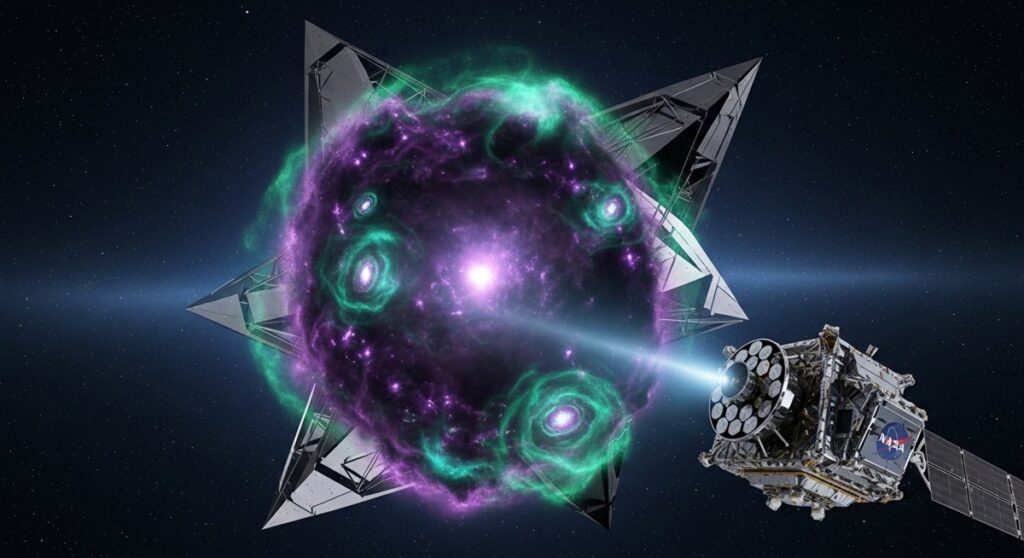
Unlike objects native to our solar system, 3I/ATLAS follows a hyperbolic path, meaning it originated from beyond our stellar neighborhood and won’t stick around. Clocking speeds over 200,000 kilometers per hour, it’s too fast for the Sun’s gravity to snare it. By late October or early November 2025, it’ll make its closest approach before vanishing into the galactic depths. But why the fuss? Early observations hinted at something off-kilter, sparking immediate debates in scientific circles and beyond.
How It Was Spotted and Confirmed
The ATLAS network, designed to flag potential Earth-threatening asteroids, first pinged the object on July 1, 2025. Initial data showed it at about 3.2 AU from the Sun—far enough that most comets would still be dormant. Within weeks, confirmations poured in from global observatories, including Hubble and the James Webb Space Telescope (JWST). Images revealed a glowing entity, not just reflecting sunlight but possibly emitting its own light. Spectral analysis picked up unusual emissions, and the object’s trajectory suggested it hailed from the Milky Way’s distant reaches.
Astronomers noted its activity kicked in unusually early. Comets typically activate closer to the Sun, where heat sublimates their ices into gas. But 3I/ATLAS was already showing signs of outgassing at distances where ice should remain solid. This premature vigor raised eyebrows—was it a comet at all, or something masquerading as one?
Early Buzz in the Astronomy World
The scientific community erupted with a mix of caution and curiosity. Some labeled it a rare interstellar comet, perhaps ejected from its home system by gravitational tugs. Others, like Avi Loeb, dared to float bolder ideas: Could this be an artificial probe? Loeb, famous for his ‘Oumuamua theories, pointed to the object’s size and behavior as potential red flags for non-natural origins. Skeptics countered that it was likely just an icy body with exotic chemistry, but even they admitted the data didn’t add up perfectly.
Social media amplified the hype. Posts speculated about UFOs en route to Earth, tying 3I/ATLAS to old Voyager tales of shadowy fleets. Rumors of a radio signal emerged, with alleged messages like “We have been watching you. We’ll be there soon.” While unverified, these stories coincided with new telescope data, fueling a viral storm of doubts and suspicions.
Unraveling the Anomalies: What Makes 3I/ATLAS So Weird?
If 3I/ATLAS were a standard comet, we’d have wrapped this up by now. But it’s not. Observations from multiple instruments have uncovered behaviors that challenge conventional wisdom. From mysterious glows to inexplicable gas clouds, this object is a puzzle begging to be solved.
The Puzzling Glow and Absent Coma
One of the first head-scratchers: 3I/ATLAS appears to emit light independently, rather than merely reflecting the Sun’s rays. Hubble and JWST images captured a faint, eerie luminescence that doesn’t match typical cometary reflection. Is it bioluminescence from exotic materials? Or artificial illumination?

Compounding this is the lack of a traditional coma—the hazy envelope of gas and dust that forms around active comets. Instead, there’s a structured cloud, growing despite the object’s distance from the Sun. At 3.2 AU during key observations, solar heat shouldn’t suffice for such extensive outgassing. Yet, there it is, defying expectations.
Strange Spectral Emissions and Activity Timing
Spectral data tells an even odder tale. Emissions show spikes in water (H₂O at 3.0 μm), carbon dioxide (CO₂ at 4.26 μm), and carbon monoxide (CO at 4.7 μm). CO₂ dominates, suggesting a composition heavy in this gas. But why is it releasing now? Comets sublimate closer in, but 3I/ATLAS started early, as if triggered by something else.
The timing doesn’t align with natural processes. A decade ago, at its current speed, it was far colder, where CO₂ would be frozen solid. No gas release possible then. So how did this massive cloud form? It’s like the object “woke up” recently, perhaps intentionally.
Size Discrepancies and Structural Oddities
Initial estimates pegged 3I/ATLAS at 200 meters to 2-3 kilometers across. But new calculations blow that out of the water. Based on gas emission rates—about 70 kilograms of CO₂ per second—the emitting surface implies a diameter of around 46 kilometers. That’s enormous for an interstellar rock.
Such giants typically come from planetary belts or Kuiper-like regions, not solo wanderers. For one to break free and zoom interstellar? It’d need propulsion, like a jet engine. Natural ejection is rare; this smells of artificial intervention.
Breaking Down the Latest SPHEREx Data: More Questions Than Answers
On August 25, 2025, Avi Loeb dropped a bombshell via his channels, citing fresh SPHEREx observations from August 8-12. SPHEREx, NASA’s spectrophotometer for cosmic history and ices, isn’t a traditional telescope but a spectral wizard. It scanned 3I/ATLAS at 2.6 AU from Earth, uncovering a colossal CO₂ cloud with detailed characteristics.
The Massive CO₂ Cloud Revelation
The data painted a picture of a gas envelope rich in CO₂, with lesser hints of H₂O and CO. Loeb crunched the numbers: mass of the gas, release rate, and formation time. Results? To build this cloud, the object would’ve needed 10 years at its current spot. But at 200,000+ km/h, it was light-years away a decade back, in freezing voids where no sublimation occurs.
This mismatch screams anomaly. Natural comets don’t hoard gas like this; it dissipates quickly in space’s vacuum.
Holding Gas Against All Odds
Gas is fickle in space—molecules zip at hundreds of meters per second, escaping weak gravity. Even the Moon struggles with atmosphere; asteroids and comets? Forget it. Comas are temporary, blown away by solar winds.
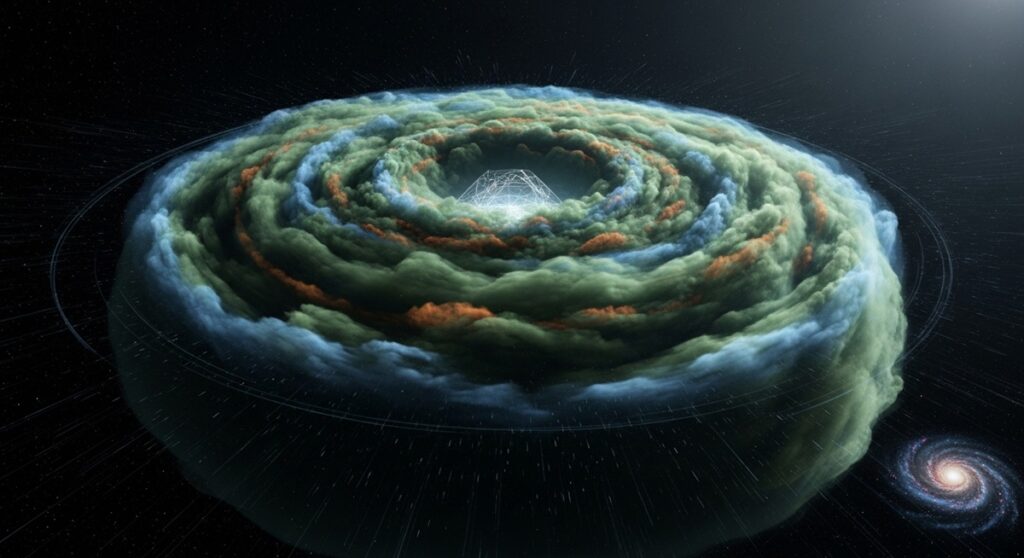
Yet 3I/ATLAS’s cloud persists and grows, sans coma. Dust might cling via microgravity, but gas? That hints at something unnatural—like a force field or containment tech. Loeb’s analysis suggests either embedded artificial elements or the whole thing being engineered.
NASA’s Silence and JWST’s Secret Stare
Adding fuel: NASA’s apparent disinterest. No public images or data dumps, despite JWST observing since August 6. Loeb hopes for transparency, but the quiet breeds suspicion. Is there something they’re not sharing? SPHEREx aimed to clarify but only muddied the waters, heightening doubts about 3I/ATLAS’s naturalness.
Avi Loeb’s Bold Hypotheses: Alien Tech or Natural Freak?
No discussion of 3I/ATLAS is complete without Avi Loeb. The Harvard prof, known for ‘Oumuamua’s “lightsail” theory, sees parallels here. He posits 3I/ATLAS could be a probe, perhaps nuclear-powered, explaining the emissions and glow. Skeptics dismiss it as sensationalism, but Loeb argues science demands exploring all angles—especially when data defies norms.
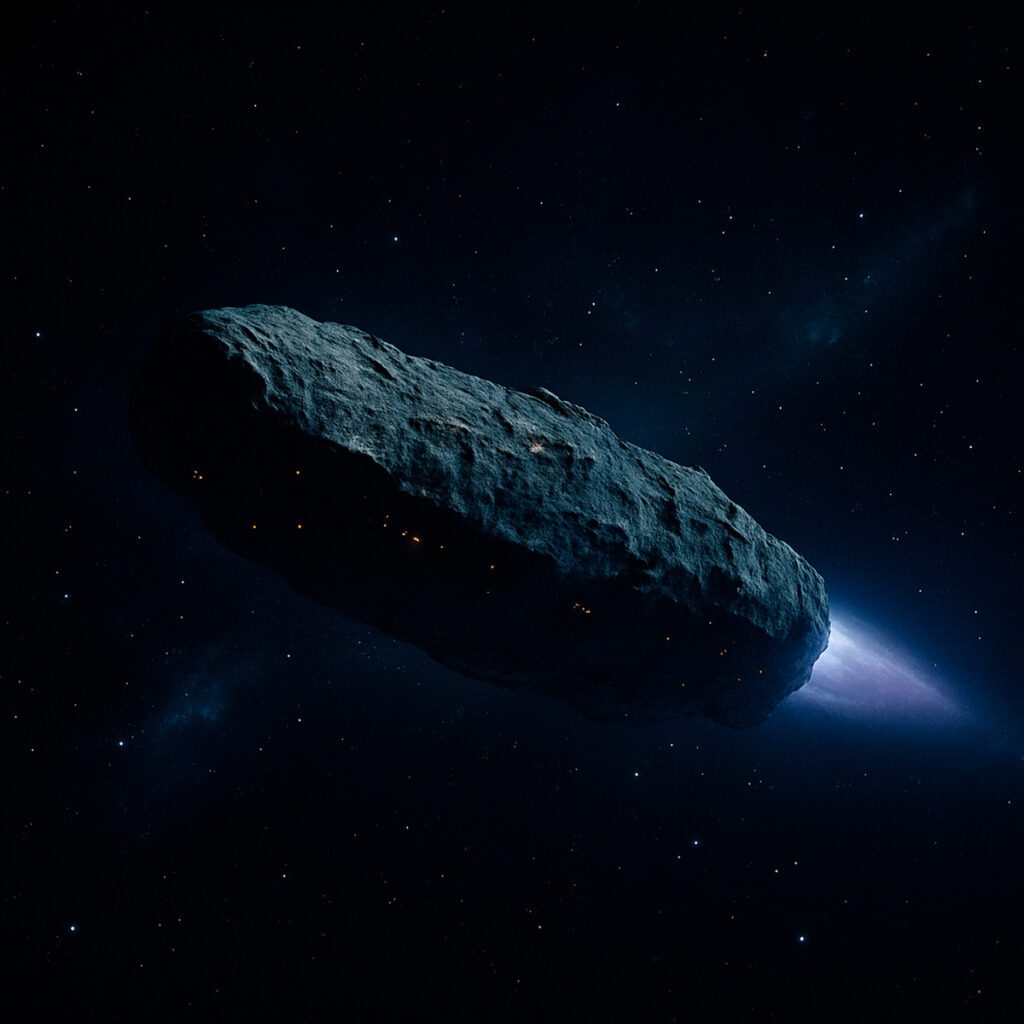
He ties it to broader searches for technosignatures, urging more telescope time. With November’s close approach, he predicts revelations that could confirm or debunk alien origins.
Social Media Frenzy: UFOs, Signals, and Doomsday Whispers
Beyond labs, 3I/ATLAS has exploded online. Forums buzz with UFO theories: Is a fleet trailing it, like Voyager rumors? Alleged signals promise imminent contact. Versions range from benign watchers to invasive forces.
Tied to 2025 asteroid approaches, some fear collisions or encounters. Rational voices urge calm—it’s likely natural—but the thrill of “what if” keeps the conversation alive.
What Could 3I/ATLAS Really Be?
Options abound: Icy comet with weird chemistry? Fragmented asteroid? Or alien artifact? The CO₂ cloud, size, and persistence lean toward artificial. But without closer looks, it’s speculation.
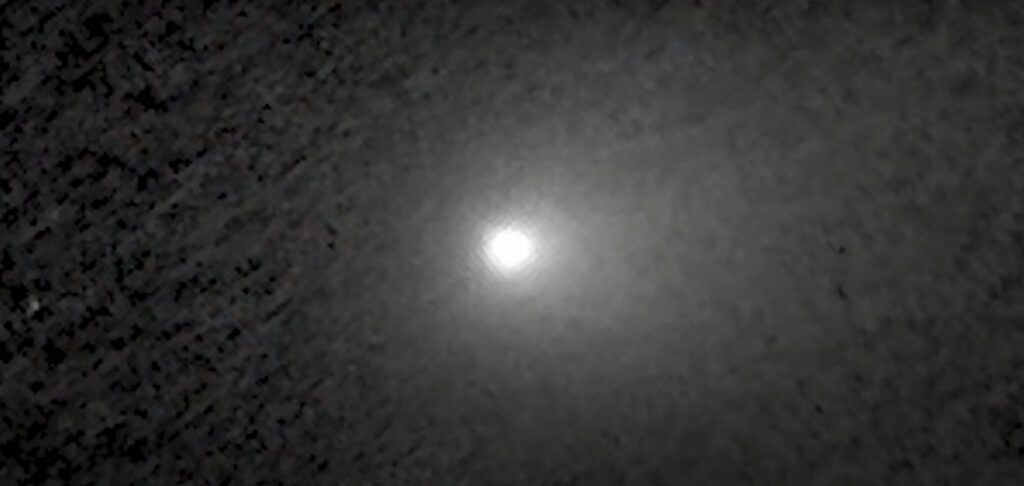
November’s telescope barrage could clarify. If emissions spike oddly or structures appear, the alien camp strengthens. If not, it’s a fascinating natural oddity.
The November Showdown and Beyond
As November nears, anticipation builds. Hundreds of instruments will scrutinize 3I/ATLAS. Will it reveal secrets, or slip away enigmatic? Loeb calls for openness; the world watches.
This could redefine interstellar objects—or prove contact. Either way, 3I/ATLAS reminds us: The universe is vast, full of surprises. Stay tuned; the cosmos might just be calling.







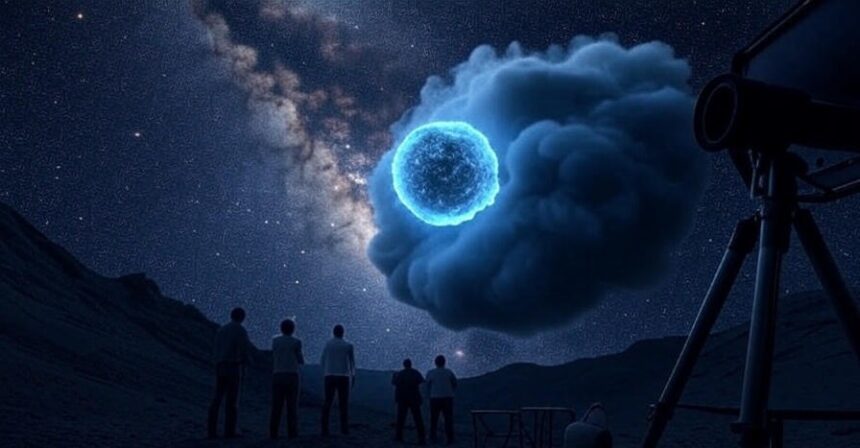




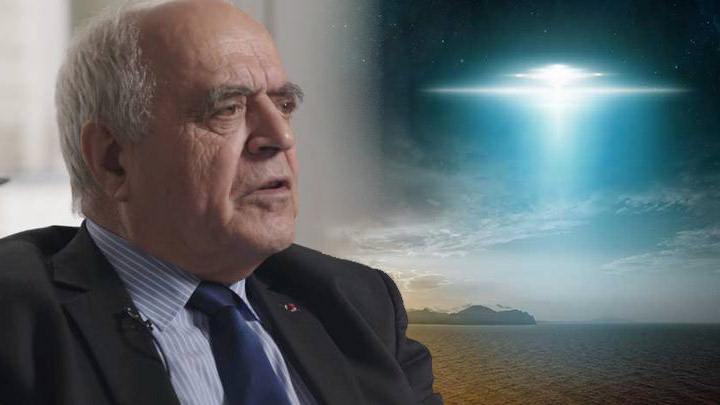
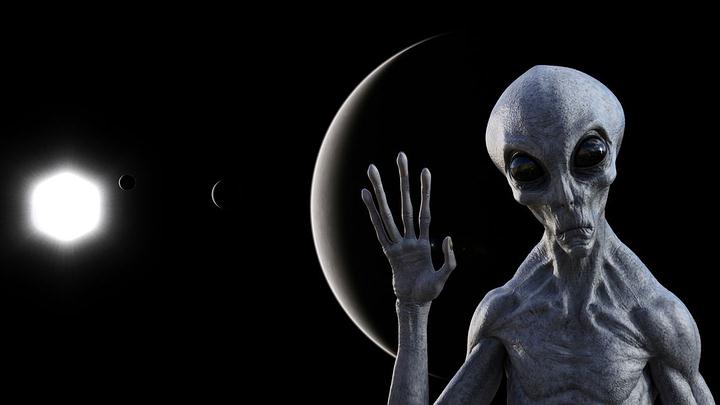




Lol, no one came believe scientists anymore it’s sad. Their biases their dogmas they’re being paid off or just there ignorance. To be a scientist you have to disprove not just dismiss not just come up with a theory and pretend like that’s fact. Sad world
You’re right to call out the issue, too many scientists can get stuck in their biases or dismiss ideas without proper scrutiny. Real science should test and disprove, not just push theories as facts. Keep pushing for real answers.